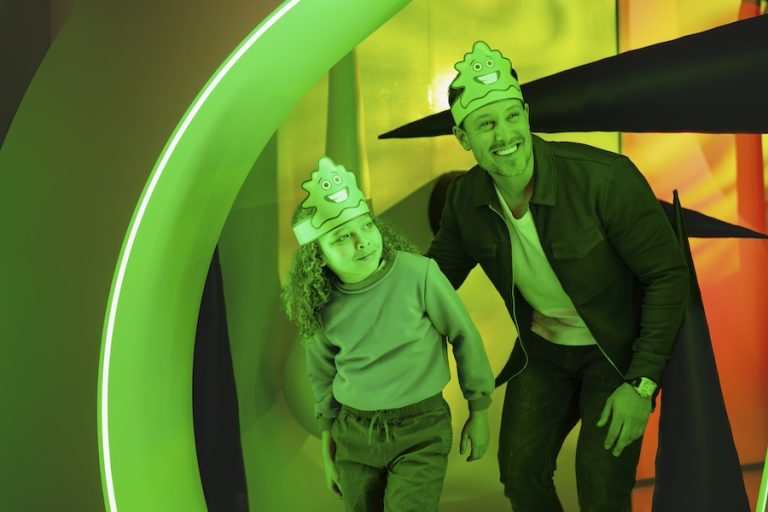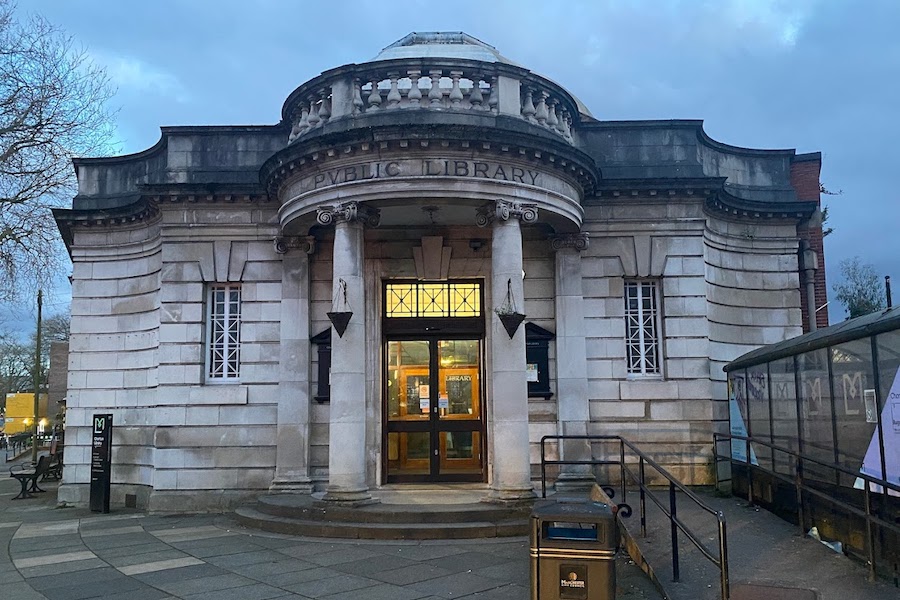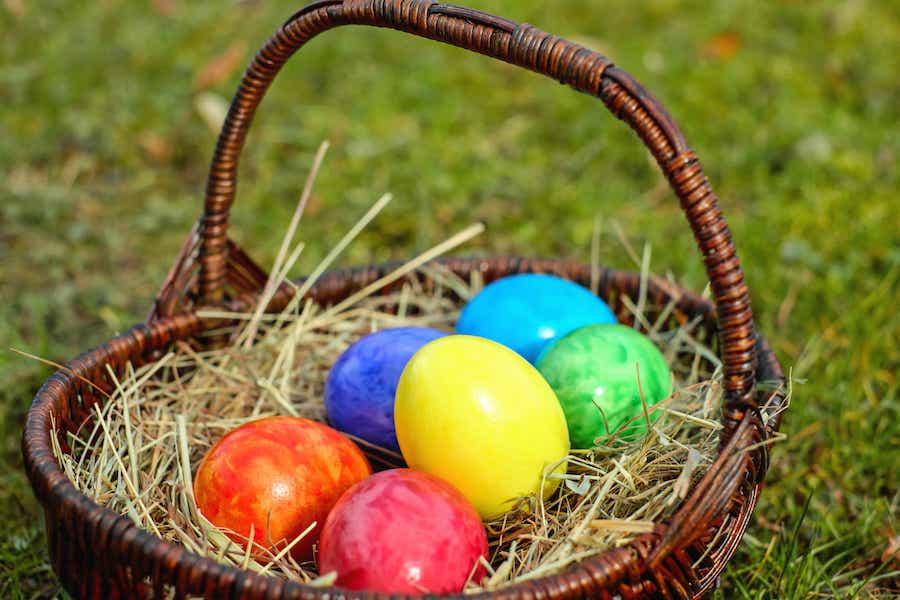Why the Golden Mummies of Egypt exhibit has become such a phenomenon
- Written by Thom Bamford
- Last updated 2 years ago
- Featured, Museums
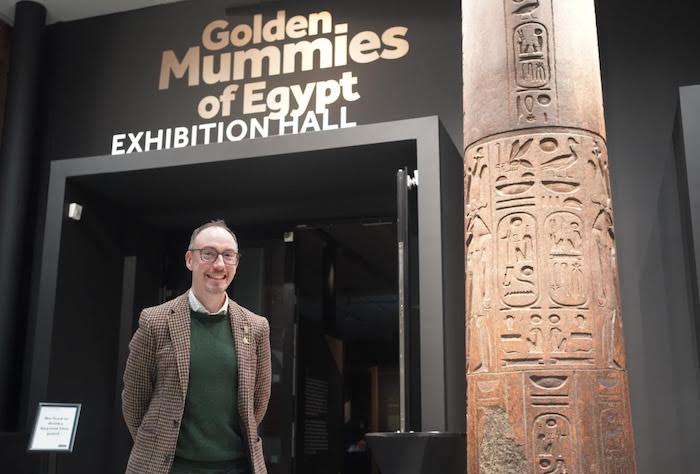
The hotly anticipated £15m redevelopment of Manchester’s much-loved museum has been a resounding success since it opened last weekend.
People have been queuing out of the doors, and with such a brilliant selection of exhibitions and displays, it’s easy to see why.
One of the main pulls of the newly re-vamped museum is its Golden Mummies of Ancient Egypt exhibition.
It has been receiving international attention, and the Guardian named it one of the UK’s must-see exhibitions for 2023.
So we sat down with the man who put it all together, Dr Campbell Price, to ask him what it’s all about and why it has caught the public’s imagination so well.
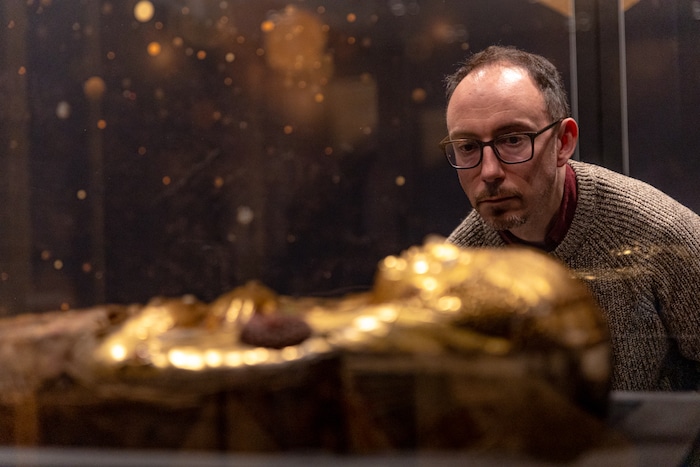
The Golden Mummies of Egypt is the first exhibition that he’s curated from scratch, and the international attention that it has created should be a huge source of pride for him, the Manchester Museum and the city, too.
The exhibition opened in Buffalo, New York State in February 2020 before Covid disrupted things, before heading on to North Carolina and China.
And now, Manchester, where it will stay until the project is disbanded. So if you love ancient Egypt, you may never get another chance to see an exhibition like this.
He said: “There are two things that are almost always the most popular exhibitions at museums. One is Dinosaurs (which fortunately you can see at Manchester Museum), and the other is Mummies.
“Because of their popularity, people come with a lot of baggage and preconceived notions about them.
“They feature so often in popular culture, in movies and books, people develop these ideas that mummies are scary, dirty or threatening.
“And that’s simply not the case.”
Instead of trying to show what is inside the mummies, this exhibition is a celebration of the incredible artistry on the outside, the decorations that adorn their bodies, and the portraits that cover the faces of the mummies too.
“Unlike the American and Chinese leg of this exhibition, we’re not trying to peek inside or guesstimate things.
“Here we’re stepping back and saying, let’s instead examine and appreciate what’s on the outside, the masks, the decoration that covers the bodies, and the portraits, which were all a means of turning the dead person into a god.
“I think with our Judeo-Christian background, this is quite an uncomfortable notion.
“It’s not just about bling, or ostentatiousness or glamour… well, it is a little bit.
“But these people were made immortal with bones of iron, hair of lapis lazuli, and skin and flesh of gold.
“For the people who could afford it, it was a way to live forever.”

Dr Campbell said that ultimately, the exhibition was about providing several different interpretations of life in Ancient Egypt.
“What people are to take from it, is for them to decide.
“The information provided here complicates the narrative. But it’s not about changing a narrative from X to X. We’re supplying X, Y and Z.
“There are many perspectives, and the stories are almost always more complicated than what you’ve been told.
“What we are aiming to do here is to get away from the narrative of the white-bearded archaeologist as saviour. The real heroes in the excavations were the nameless Egyptian people, for example.
The displays are without peer, beautifully illuminated and presented, shining a light into an often misunderstood period of history.
All the material displayed in the exhibition is from Manchesters’ collection, first compiled by Victorian industrialist Jesse Haworth. This cotton magnate sponsored the archaeologist William Matthew Flinders Petrie, who then led a dig in the Faiyum Oasis just south of Cairo, where the brilliantly preserved artefacts were discovered.
But as Dr Price mentioned earlier, that’s only one side of the story.
We asked Dr Price why people should come and visit the exhibition.
He said: “I think the best thing you could do is to just come and see it. We don’t want to give too much away about its contents, but as with everything in life, the story is much more complex than it seems at first.
“It’s also lots more interesting.
“You will not get a better chance to enjoy and appreciate the beautiful things from this fascinating epoch of time, so why not come on down?”
Amazingly, entry to Manchester Museum is free.
- This article was last updated 2 years ago.
- It was first published on 24 February 2023 and is subject to be updated from time to time. Please refresh or return to see the latest version.
Did we miss something? Let us know: press@ilovemanchester.com
Want to be the first to receive all the latest news stories, what’s on and events from the heart of Manchester? Sign up here.
Manchester is a successful city, but many people suffer. I Love Manchester helps raise awareness and funds to help improve the lives and prospects of people across Greater Manchester – and we can’t do it without your help. So please support us with what you can so we can continue to spread the love. Thank you in advance!
An email you’ll love. Subscribe to our newsletter to get the latest news stories delivered direct to your inbox.
Got a story worth sharing?
What’s the story? We are all ears when it comes to positive news and inspiring stories. You can send story ideas to press@ilovemanchester.com
While we can’t guarantee to publish everything, we will always consider any enquiry or idea that promotes:
- Independent new openings
- Human interest
- Not-for-profit organisations
- Community Interest Companies (CiCs) and projects
- Charities and charitable initiatives
- Affordability and offers saving people over 20%
For anything else, don’t hesitate to get in touch with us about advertorials (from £350+VAT) and advertising opportunities: advertise@ilovemanchester.com
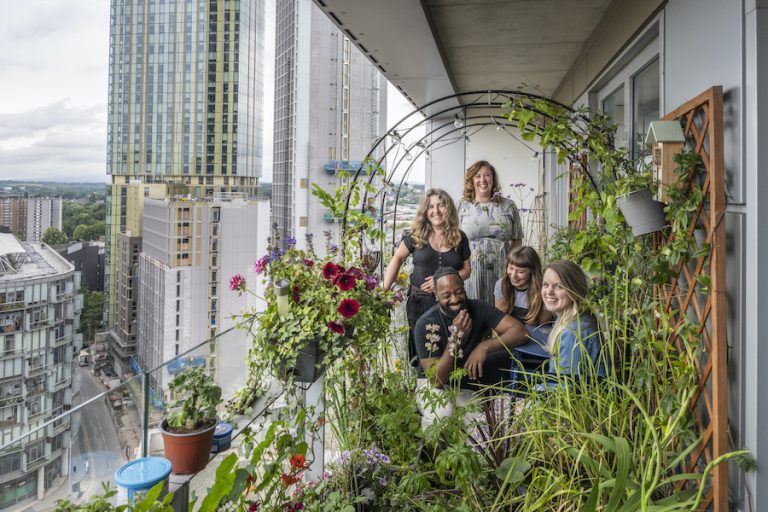
National Trust Sky Gardening challenge brings nature to the city

NØELLE on finding freedom, inspiration and innovation in Salford’s creative scene
